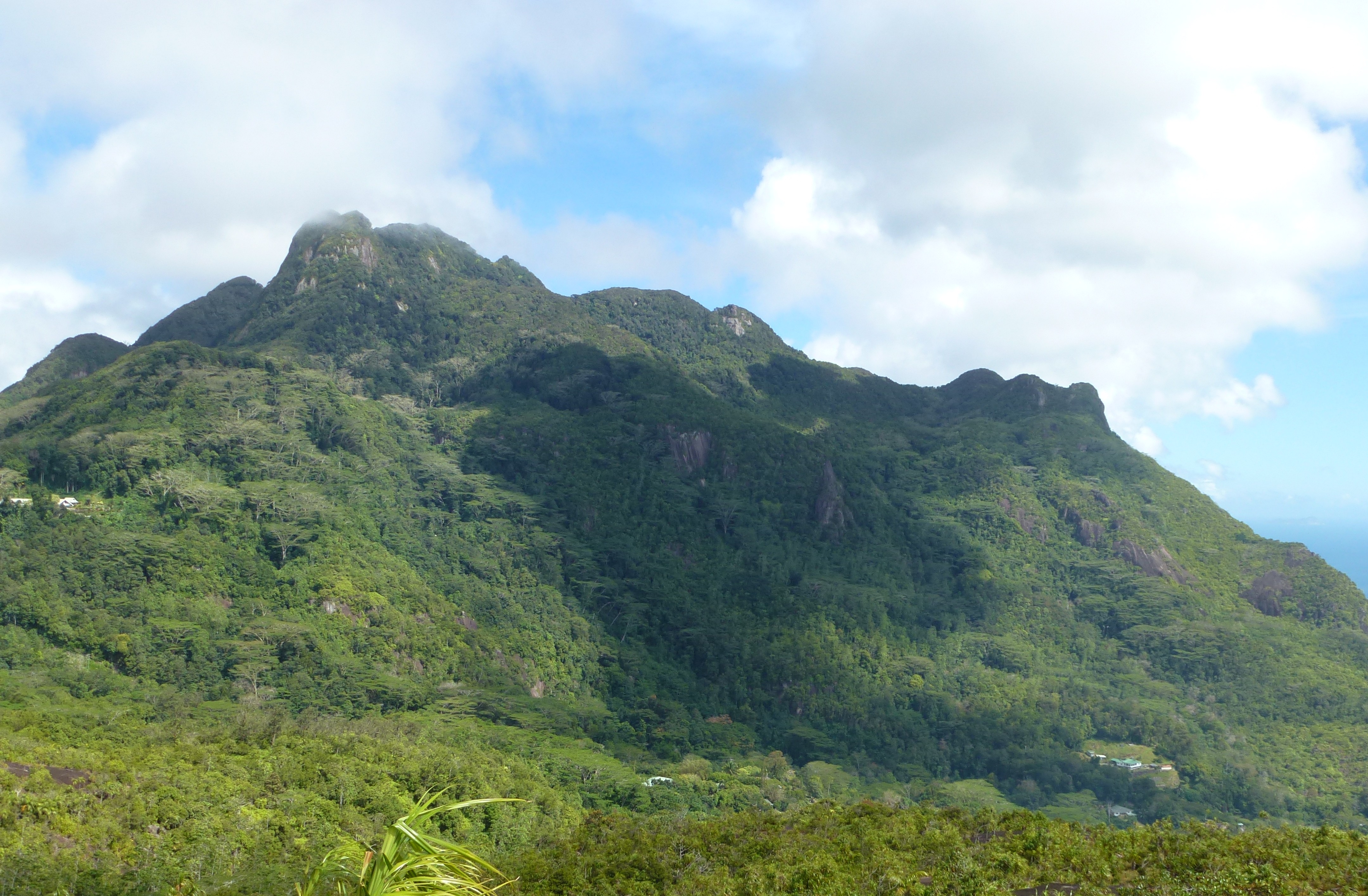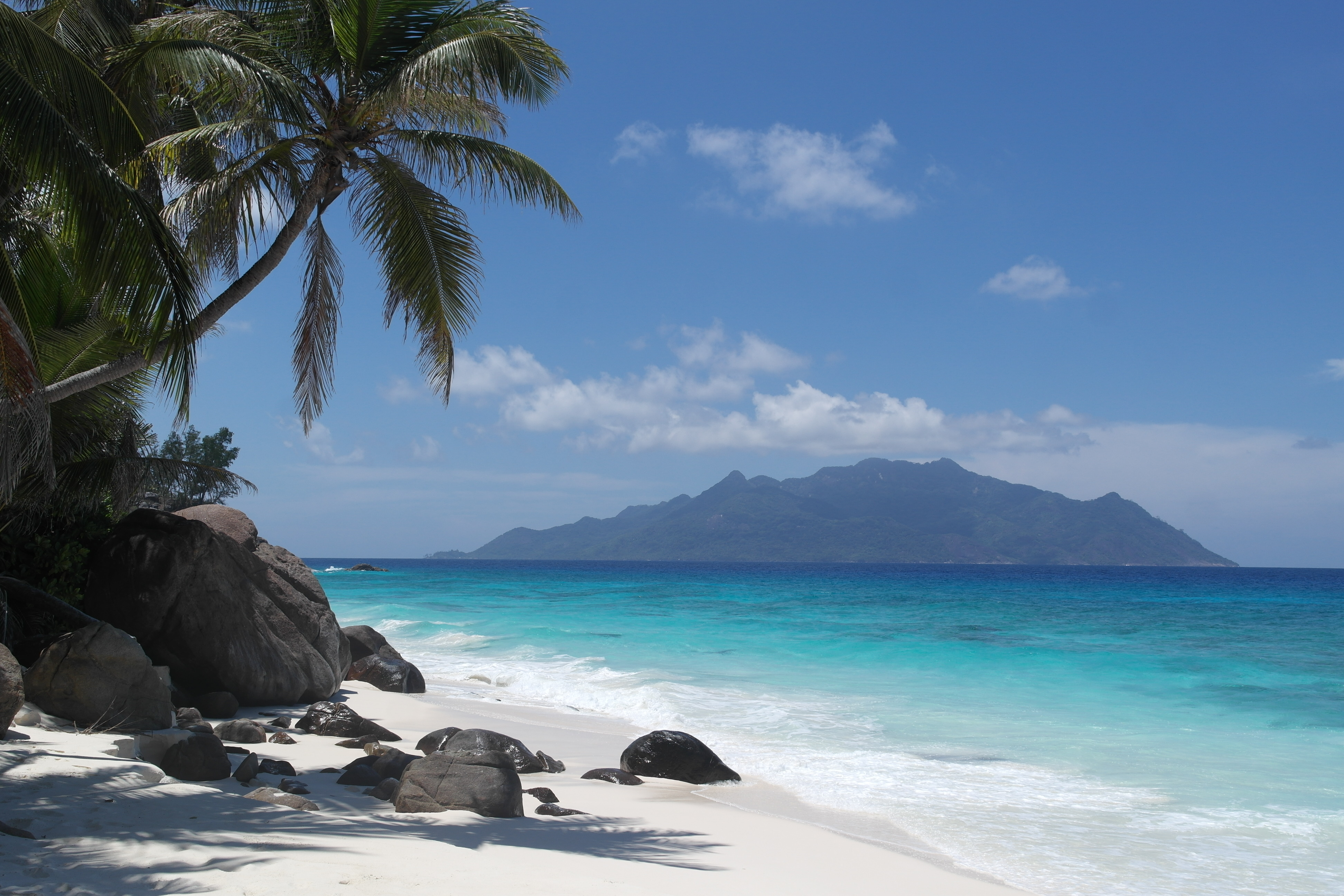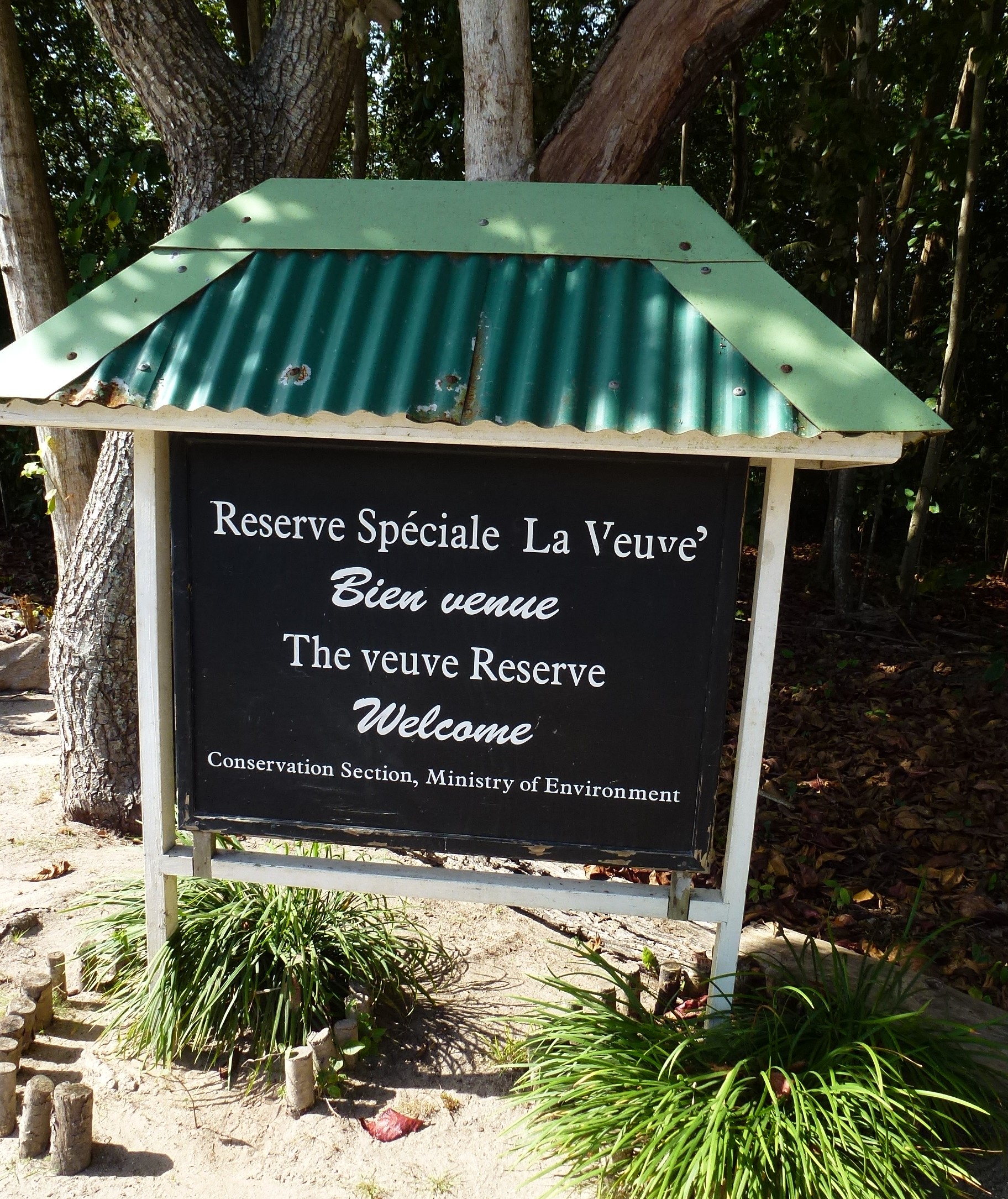Protected Areas
Seychelles’ current protected areas
Gazetted: 1979
Managed by: Seychelles National Parks Authority (SNPA)
Description: This largest of Seychelles terrestrial national parks is located on the Seychelles’ largest island Mahe. The park encompasses a wide variety of habitats, ranging from beach (Anse Major), glacis, forest, mountains (e.g. Morne Seychellois, Morne Blanc) to the high altitude wetland, Mare aux Cochons, which has been a Ramsar site since 2010 (for details, go here).
Gazetted: 1979
Managed by: Seychelles National Parks Authority (SNPA)
Description: The marine ecosystem has a variety of habitats – mangrove, mudflats, reefs and seagrass beds; the terrestrial area supports a wild population of Coco-de-mer palms, one of two places where it occurs naturally. The national park also contains six of the seven species of mangroves that occur in the Seychelles. For more details see here.
Gazetted: 1979
Managed by: Seychelles National Parks Authority (SNPA)
Description: This national park is located in the southern part of Praslin Island and includes the Vallée de Mai Nature Reserve (managed by the Seychelles Island Foundation, SIF). The Park includes a good representation of Praslin’s biodiversity and is important as a water catchment area. It harbours species that only occur here and on Curieuse Island, such as the Coco-de-Mer Palm and the Black Parrot.
Gazetted: 1979 (as part of Praslin National Park)
Managed by: Seychelles Island Foundation (SIF)
Description: This reserve was designated a World Heritage Site by UNESCO in 1983. The reserve harbours the best example of palm forest remaining on Praslin island, including the Coco-de-mer palm, which produces the heaviest seed in the world. For more details, see here.
Gazetted: 1991
Managed by: Seychelles National Parks Authority (SNPA)
Description: A small reserve on the western side of La Digue, set up mainly to protect the habitat of the Seychelles Paradise Flycatcher. For more details, go here.
Gazetted: marine national park: 1987; island national park: 2010
Managed by: Seychelles National Parks Authority (SNPA) , Island Conservation Society (ICS)/ Island Development Corporation (IDC)
Description: The island has a high degree of endemism, particulary among plants. The marine park is the largest of the six marine national parks in the Seychelles. For more details see here.
Gazetted: 1997
Managed by: Seychelles National Parks Authority (SNPA)
Description: This park, consisting of three small islets, was gazetted mostly for itsmarine ecosystems, corals and fish. For more details see here.
Gazetted: 1973
Managed by: Seychelles National Parks Authority (SNPA)
Description: This marine national park, consisting of 6 islands, is located only 5 km from Mahe and is well known for its corals, reef fish and one of the largest areas of seagrass meadows in the granitic islands. This was one of the first marine parks to be established in the Western Indian Ocean Region setting Seychelles at the forefront of conservation efforts. For more details see here.
Gazetted: 1979
Managed by: Seychelles National Parks Authority (SNPA)
Description: Located between two hills bordering the Morne Seychellois National Park, this bay is said to contain the most pristine coral reefs in Seychelles. Like Port Launay Marine National Park, it was gazetted for its ecosystem services. For more details, see here.
Gazetted: 1979
Managed by: Seychelles National Parks Authority (SNPA)
Description: This marine national park is the only marine park in Seychelles that can be reached by road as well as by boat. It includes six beaches. For more details see here. The National Park includes the Port Launay Coastal Wetlands, which has been a Ramsar site since 2004. For more details, see here and here.
Gazetted: 1981, 1981, 1982, respectively
Managed by: Seychelles Island Foundation (SIF)
Description: Aldabra is widely recognised as one of the most remarkable and least disturbed oceanic islands on Earth, an outstanding example of a raised coral atoll, a global benchmark for marine, coastal and terrestrial ecosystems in an undisturbed state and a refuge for many endangered and unique species. Aldabra has been recognised as a global biodiversity hotspot (Conservation International), and an International Endemic and Important Bird Area (BirdLife International). The fauna and flora of Aldabra contains over 400 endemic species and subspecies. The pristine fringing reef system and coral habitat are in excellent health and their intactness and the sheer abundance of species contained within them are rarely paralleled in similar ecosystems. For more details see here. The Aldabra Atoll has been a Ramsar site since 2010. For more details, see here.
Gazetted: 2010
Managed by: Department of Environment (DoE), Ministry of Environment, Energy and Climate Change (MEECC)
Description: Completely uninhabited, this rocky island with only little vegetation supports large colonies of seabirds during the breeding season.
Gazetted: 1966
Managed by: Department of Environment (DoE), Ministry of Environment and Energy
Description: Rocky islets with little vegetation, protected for their seabird nesting sites. Two of the islets (Boudeuse and Etoile) are in the outer islands and rarely visited. A seventh site, King Ross, was included in the original proclaimation and is thought to have been a sand bar with many nesting terns, but it has now disappeared.
Gazetted: 1996
Managed by: Island Conservation Society (ICS)
Description: Not only do 5 endemic bird species breed here, but this relatively small island also provides space for over one million seabirds that come here each year to breed. The reserve boundary extends 200 metres offshore, protecting a beautiful coral reef and its associated marine life. Over 400 species of fish, from Whale Sharks to Flying Fish have been recorded in the waters surrounding Aride. For more details see here.
Gazetted: 1979
Managed by: Nature Seychelles
Description: A former coconut plantation, this island has been restored to a close to natural state. Magpie robins were re-introduced and thriving, and so are thousands of seabirds which come to the island to breed. For more details, see here.
Gazetted: 2009
Managed by: Moyenne Island Foundation
Description: The island’s private owner for 35 years, Brendon Grimshaw, restored the vegetation to a close-to-natural state by planting a total of 16,000 trees including 45 endemics. Today, over 40 endemic palm trees grow here, including 13 Coco-de-mer palms. Giant tortoises were introduced and a variety of bird species occur here, too.
Proposed protected areas (Cabinet Memo 2011)
Gazetted: not yet
To be managed by: Seychelles National Parks Authority (SNPA)
Description: 96% of the island is to be protected for its mangrove forests and endemic flora – this is the only place other than Praslin, where the Coco-de-Mer palm occurs naturaly. Also, the island is an important turtle nesting site.
Gazetted: not yet
To be managed by: DoE/ICS/IDC
Description: This island is home to many seabirds, in particular the largest colony of sooty terns in the world.
Gazetted: not yet
To be managed by: DoE/ICS/IDC
Description: This area has been an IBA since 2001. In addition to seabirds, the marine ecosystems are in excellent condition.
Gazetted: not yet
To be managed by: DoE/ICS/IDC
Description: This island in the Aldabra group is proposed as a nature reserve for its extensive and biodiverse marine habitats, an endemic species of gecko (Phelsuma abbottii) and sub-species of the sunbird Nactarinia sovimanga abbotti.
Gazetted: not yet
To be managed by: DoE/ICS/IDC
Description: This proposed special reserve contains important seabird colonies.
Gazetted: not yet
To be managed by: DoE/ICS/IDC
Description: This proposed nature reserve harbours seabird colonies and is an important nesting site for turtles.
Gazetted: not yet
To be managed by: DoE/ICS/IDC
Description: This island is proposed as a nature reserve for its seabird and turtle populations.




